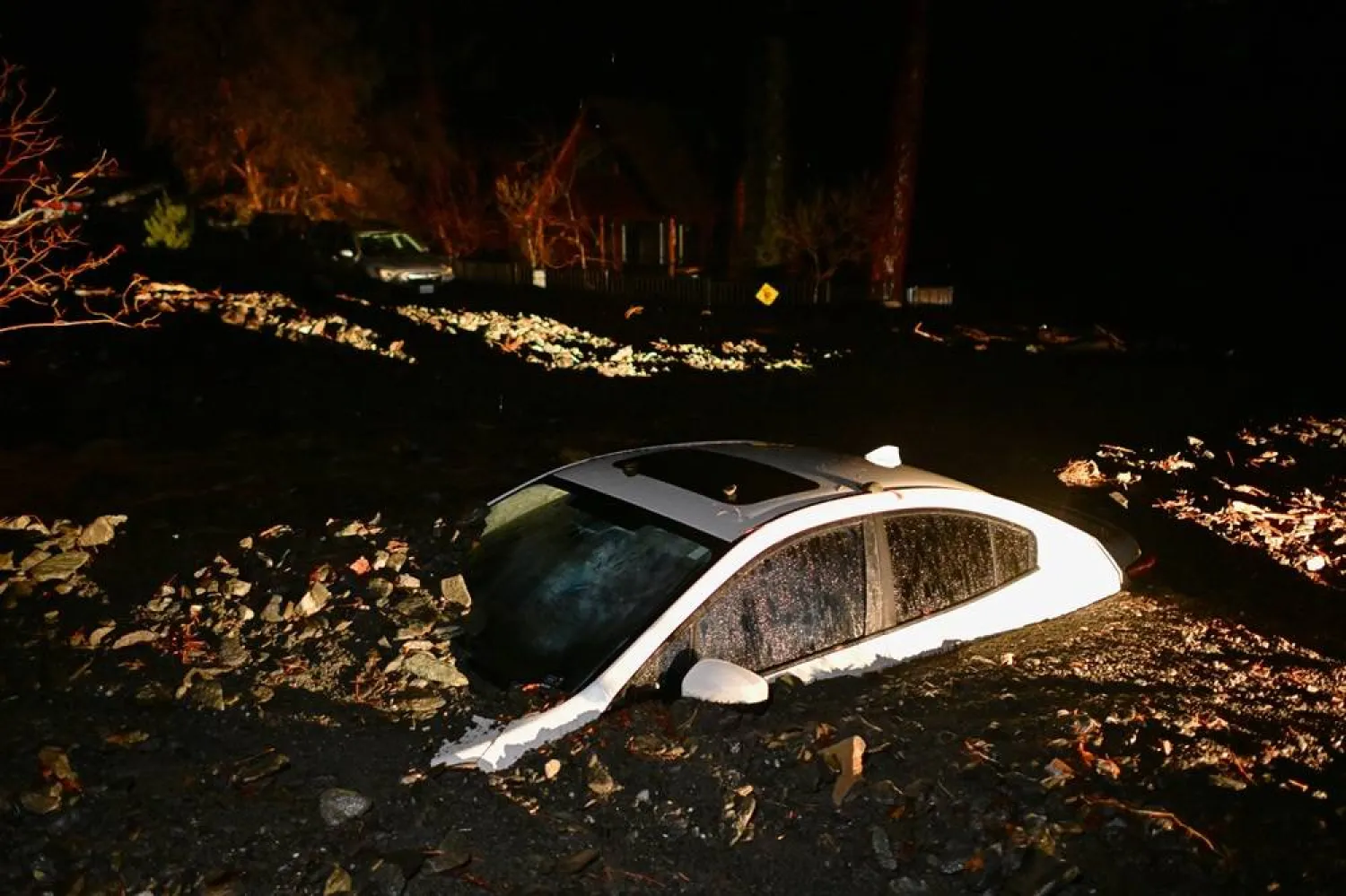One of the most photographed events in the world is set to kick off Saturday with a mass ascension of color for the 52nd annual Albuquerque International Balloon Fiesta.
The nine-day gathering draws hundreds of thousands of spectators and pilots to New Mexico each fall for the rare opportunity to be within arm’s reach as the giant balloons are unpacked and inflated. Propane burners roar and hundreds of the uniquely shaped balloons speckle the sky with vibrant colors.
Everyone usually bundles up in layers to protect against a morning chill that helps pilots stay in the air longer, but this year’s fiesta could be the warmest on record, organizers say.
Morning lows and afternoon highs are expected to be above average for days in a city that on Monday recorded its hottest temperature this late in the year, at 93 degrees Fahrenheit (33.8 Celsius), according to the National Weather Service.
Globally, things have been trending hotter too. It's likely this year will end up as the warmest humanity has measured, the European climate service Copernicus reported in early September.
While past fiestas have had a warm day here or there, spokesman Tom Garrity said the prediction for prolonged heat is rare, The Associated Press reported.
For pilots, it could mean less time aloft or carrying less weight in their baskets.
Typically, when the mornings are cool, less fuel is needed to get the balloons to rise. Fiesta veterans explain it's all about generating lift by heating the air inside the envelope to temperatures greater than what's on the outside.
“With cooler weather, pilots are able to fly for longer duration,” Garrity said. “But when you have warmer temperatures, it just means that you pop up, you go up a little bit and you come back down. So just some shorter flights.”
Still, ballooning happens year-round in many places, including in the Phoenix area, which has seen its share of record-breaking temperatures over recent months.
“These are really non-issues from a spectator’s standpoint," said Troy Bradley, an accomplished balloon pilot who has been flying for decades. “I don’t see any difference other than they won’t be freezing in the pre-dawn hours.”
Even the fiesta's official meteorologist has joked about the possibility of wearing shorts this year.
This year's fiesta also features 106 balloons in special shapes, 16 of which will be making their fiesta debut. That includes Mazu, modeled after the sea goddess of the same name who is deeply rooted in Taiwanese culture and traditions.
International Fiesta Fills New Mexico's Sky With Colorful Hot Air Balloons

FILE - Nearly 500 balloons begin to take off during the Albuquerque International Balloon Fiesta, Oct. 7, 2023, in Albuquerque, N.M. (AP Photo/Roberto E. Rosales, File)

International Fiesta Fills New Mexico's Sky With Colorful Hot Air Balloons

FILE - Nearly 500 balloons begin to take off during the Albuquerque International Balloon Fiesta, Oct. 7, 2023, in Albuquerque, N.M. (AP Photo/Roberto E. Rosales, File)
لم تشترك بعد
انشئ حساباً خاصاً بك لتحصل على أخبار مخصصة لك ولتتمتع بخاصية حفظ المقالات وتتلقى نشراتنا البريدية المتنوعة







